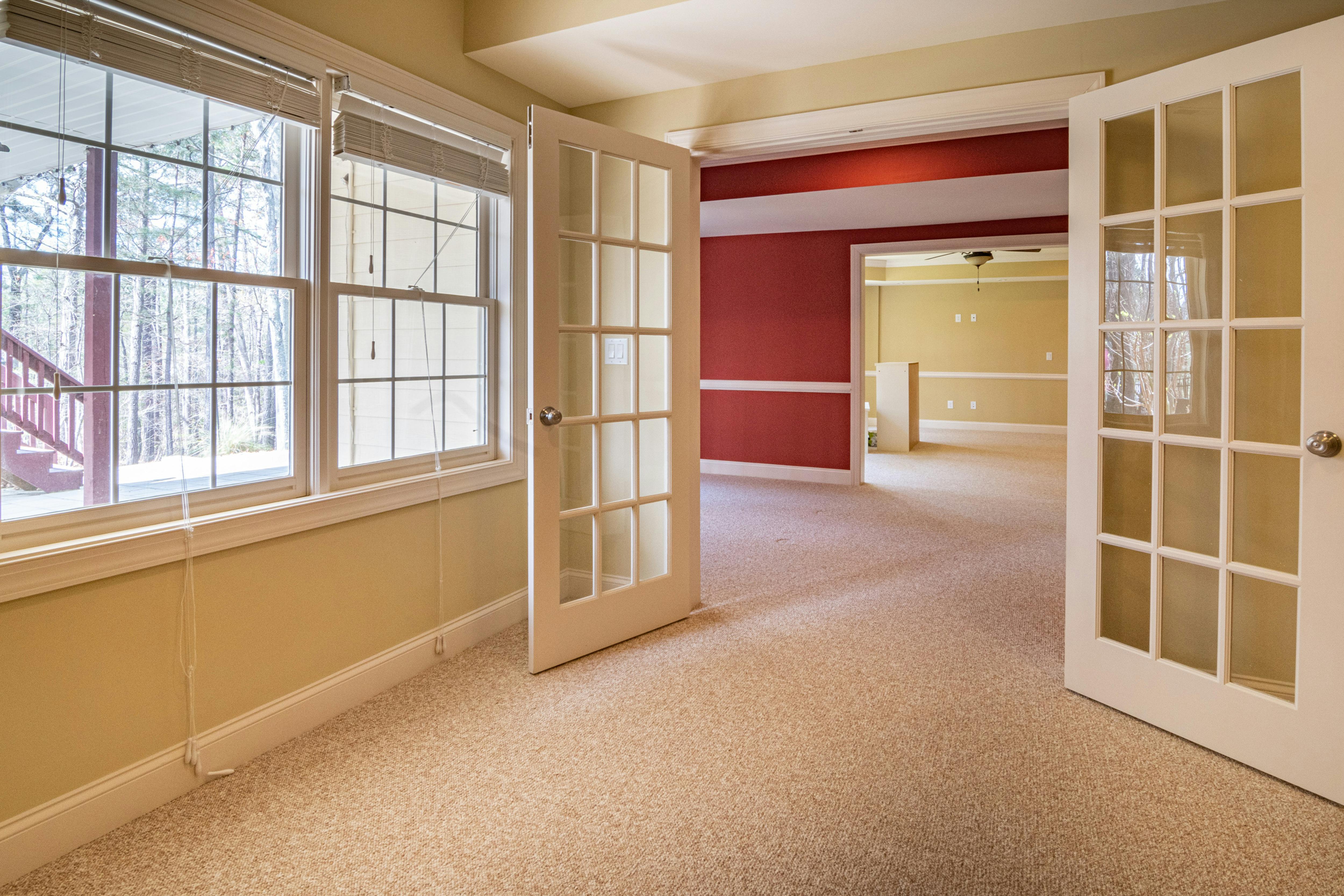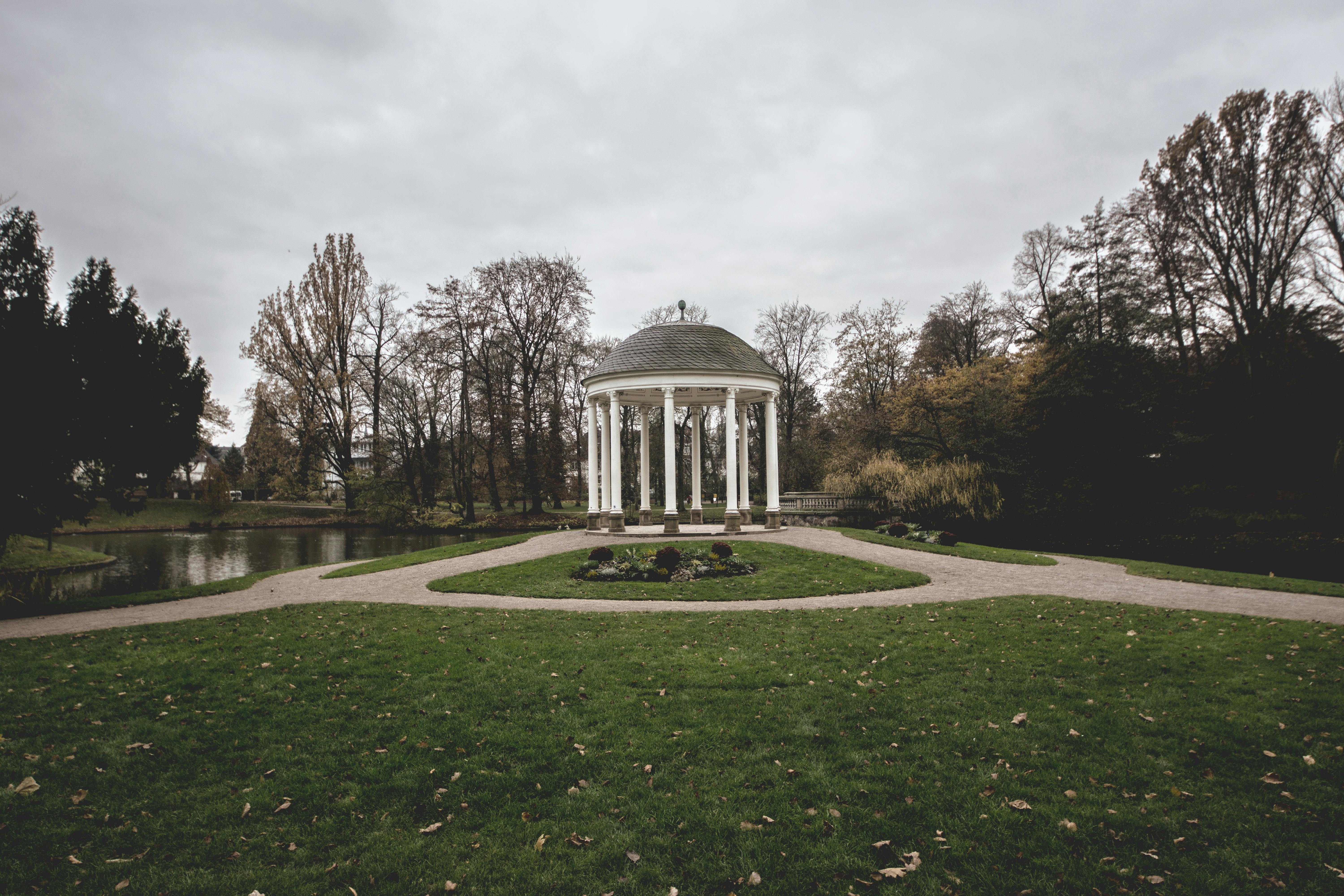Concrete is the most widely used artificial product in the world. It powers a $35 billion industry, one of the largest on Earth. Concrete is used to make a variety of structures that you use every day.
Concrete is a construction material consisting, in its most common form, of cement, gravel and sand, and water. Concrete is the most widely used man-made product on Earth. It is used to make pavements, building structures, foundations, highways/roads, overpasses, parking structures, brick/block walls and
footings for gates, fences and posts. Approximately six billion cubic meters of concrete are produced every year, which is equivalent to one cubic meter per person on Earth! Concrete dominates a global industry of $35 billion and employed, in the United States alone, 2 million people.
The origins of concrete go back to the Babylonians, who used a clay mixture similar to concrete. However, the modern form of concrete was not invented until 1756, when British engineer John Smeaton pioneered the use of cement in concrete. Its ingredients included powdered pebbles and bricks as
add. Today, recycled materials are becoming increasingly popular as ingredients in concrete due to increased public awareness of ecological sustainability and environmental damage.
The composition of concrete is traditionally relatively simple. However, modern concrete is often a complicated mix, ensuring durability and longevity. Cement is the main ingredient of concrete. Portland cement is the most common cement in circulation, which is just a basic mix of mortar and plaster.
Water is another ingredient in the manufacture of concrete. The w/c ratio (water to cement mass ratio) is the key factor that determines the strength of concrete. A lower w/c ratio will produce stronger concrete, while a higher w/c ratio will produce lower strength concrete. Water also affects the workability and consistency of the concrete. This water-cement paste hardens over time, and fine and coarse aggregates are added to provide volume. Widely used aggregates include sand, gravel, and crushed stone. Decorative stones such as small river rocks or crushed glass are sometimes added to the concrete surface for a decorative “exposed aggregate” finish, popular with landscape designers.
Ad mixes are also added to a concrete mix to give it certain characteristics that cannot be obtained with basic production. Additives come in powder or paste form and generally consist of no more than 5% of the total mix. Concrete has many characteristics including:
Workability: ability to be molded to certain shapes.
Curing: holding concrete under certain conditions until it hydrates
Strength – high compressive strength, low tensile strength
Elasticity – relatively low
Expansion and contraction – provisions must be made for both
Cracking: abnormal drying rate will result in cracking
Creep – the permanent movement of a concrete slab
Concrete is used for many structures. Mass concrete structures are structures built with a giant concrete slab so that there are no weak points, such as dams or shelters. Reinforced concrete structures have steel bars running through the concrete to ensure strength and stability. prestressed concrete
The structures have a predetermined stress level that will never be exceeded, since they will only support their own weight. Concrete is an incredibly versatile material. Whether you’re building some of the world’s largest structures or a small road, the evolution and discovery of concrete has changed our world.


